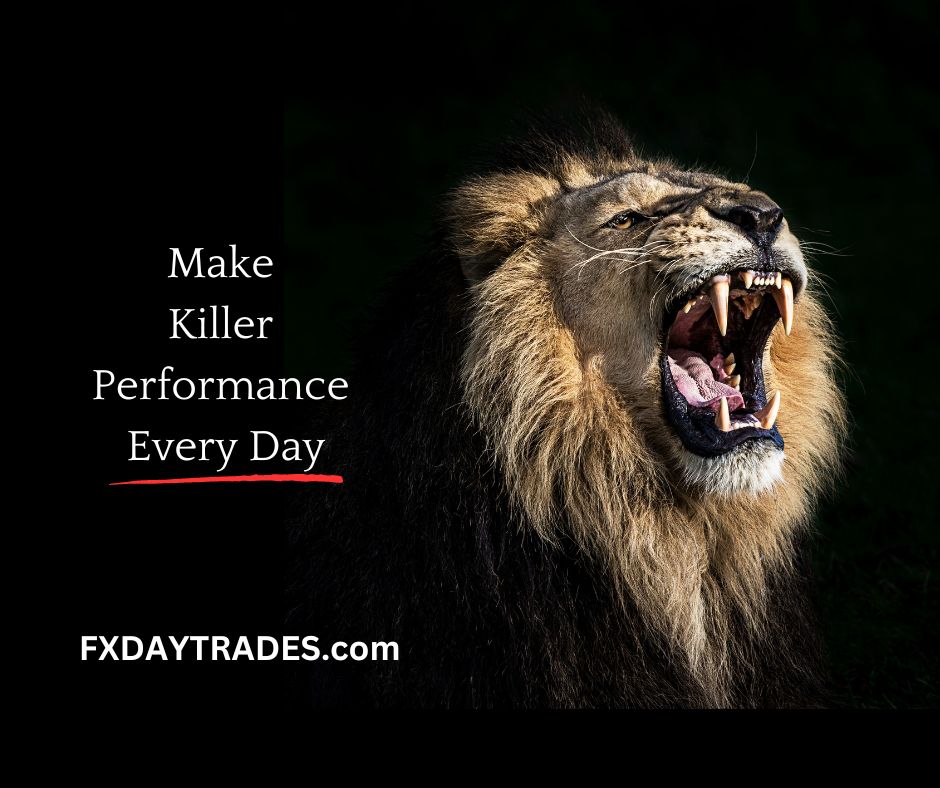Learn how to set your stop-loss and take-profit levels properly in day trading. Use the moving average to determine your trades and do a 1:2 risk-to-reward ratio. Walk away from trading pairs that do not show clear and concise momentum. Let your trades play out and trust your analysis instead of letting fear and anxiety dictate your actions.
Mastering Stop-Loss and Take Profit in Day Trading
Are you struggling with setting your stop-loss and take-profit levels? Do you find yourself getting stopped out too often? This article will guide you through an easy and effective strategy for placing your trades.
Introduction
Day trading can be a daunting task for many traders, especially beginners. Setting stop-loss and take-profit levels can be a challenging aspect of day trading, but it is crucial to success. In this article, we will show you how to set your stop-loss and take-profit orders using a simple strategy that can help you stay profitable.
The Importance of Setting Stop-Loss and Take-Profit Levels
Stop-loss and take-profit levels are critical in day trading because they help you manage risk and lock in profits. Setting these levels will help you minimize your losses and maximize your gains. Stop-loss orders are orders placed to sell a security when it reaches a specific price, designed to limit your losses. On the other hand, take-profit orders are placed to sell a security when it reaches a specific profit level, helping you lock in profits.
The Stupid Simple Strategy
The strategy we will discuss in this article involves using moving averages to determine where to place trades, stop-loss, and take-profit orders. It only involves three moving averages, the 21-period, the 50-period, and the 200-period moving averages. The strategy is easy to use and can be applied to any trading asset.
Step 1: Identify the Trend
The first step in the strategy is to identify the trend. Look at the price chart and determine the direction of the trend. In the strategy, we only take short positions when the market is in a downtrend.
Step 2: Respect and Reject the 21 Moving Average
The next step is to look for price action respecting and rejecting the 21 moving average. When the price is below the 21 moving average, look for price action respecting and rejecting the moving average down. This is where you want to place your trades.
Step 3: Place Your Trades
Once you have identified the trend and respected and rejected the 21 moving average, place your trades. For a short position, place your trade comfortably below the 21 moving average. Keep your stop-loss above the 21 moving average, but you don’t need to go all the way to the 50 moving average. Use a one to two risk-to-reward ratio.
Step 4: Keep Trading off the 21 Moving Average
Keep trading off the 21 moving average and continue in that direction. Place your stop-loss above the 50 moving average and use a one to two risk-to-reward ratio. If the price starts consolidating, walk away, and don’t trade that pair.
Step 5: Trust Your Analysis
The most crucial aspect of successful day trading is to trust your analysis. Set your stop-loss and take-profit levels, and let your trades play out. Don’t let fear and anxiety dictate your actions. If the price starts going above the previous moving average, start looking for long positions.
Step 6: Walk Away
Once you have placed your trades, set your stop-loss and take-profit orders, and walk away. Don’t look at the price action and let your trades play out.
Conclusion
In conclusion, setting stop-loss and take-profit levels is an essential aspect of day trading. Using the moving average strategy discussed in this article can help you manage risk and lock in profits. Remember to trust your analysis, set your stop-loss and take-profit orders, and let your trades play out. With a little practice, you can master the art of day trading.

